Dalotia the Rove Beetle
Dalotia are quick, aggressive predators and are always hungry. They are used to target fungus gnat larvae and thrips pupae, but the Dalotia diet also includes shorefly, root aphids, root mealybug, moth eggs, organic matter and mold.
Continue reading
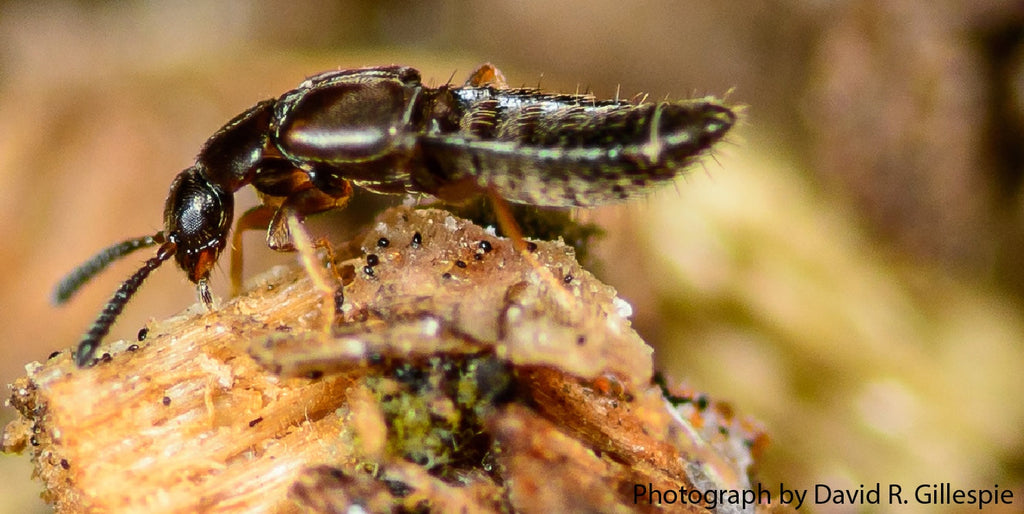
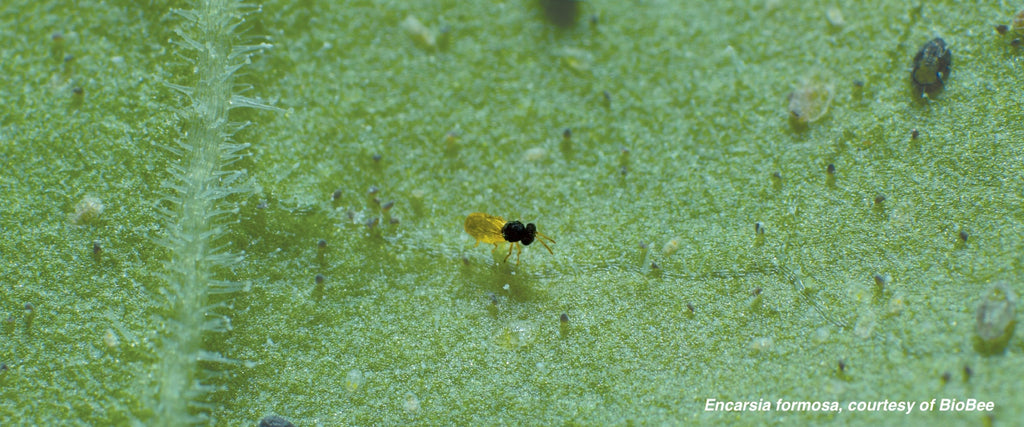

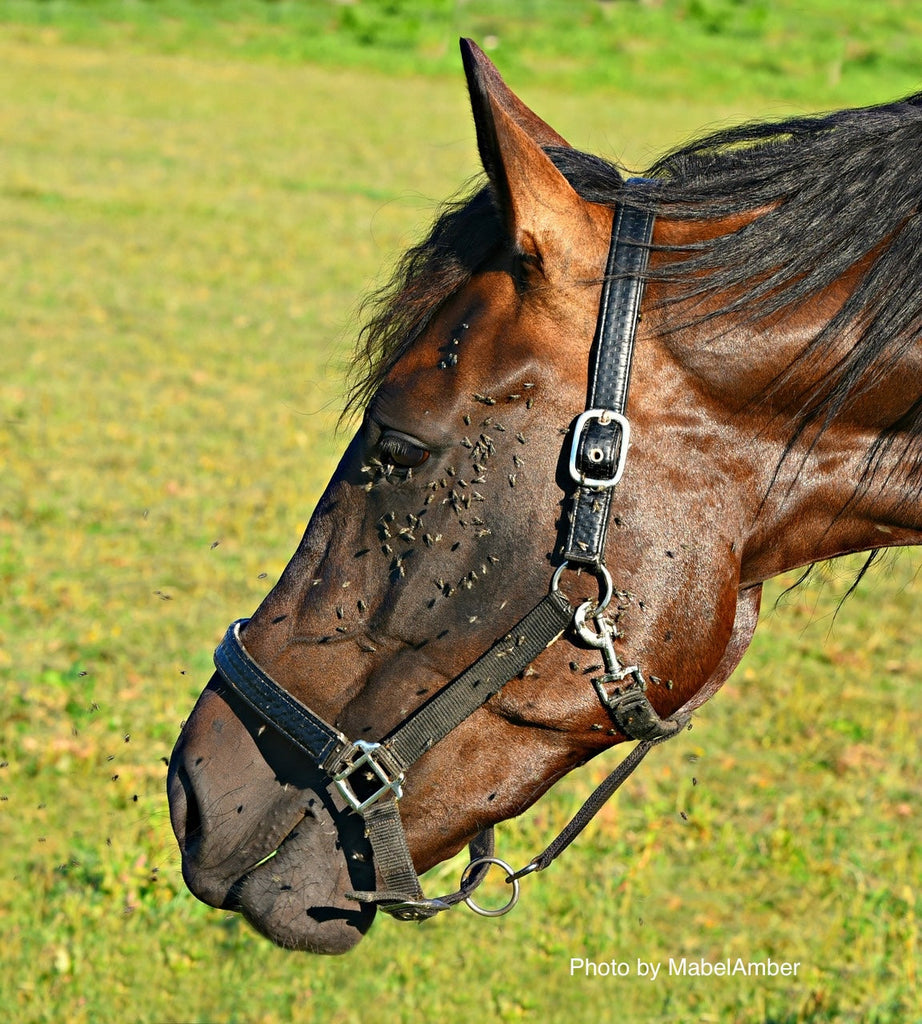
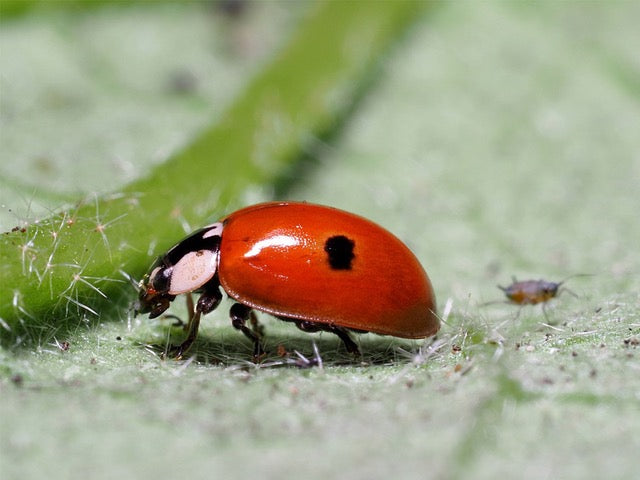
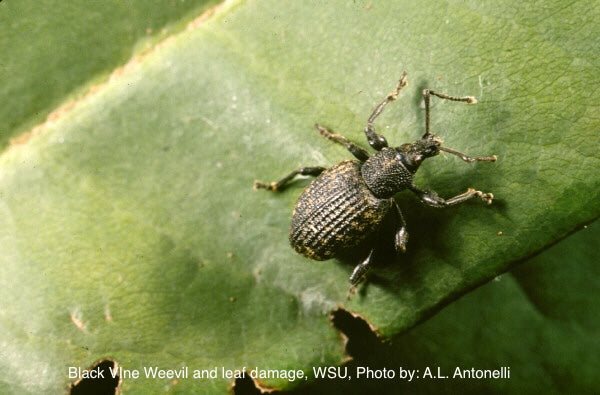
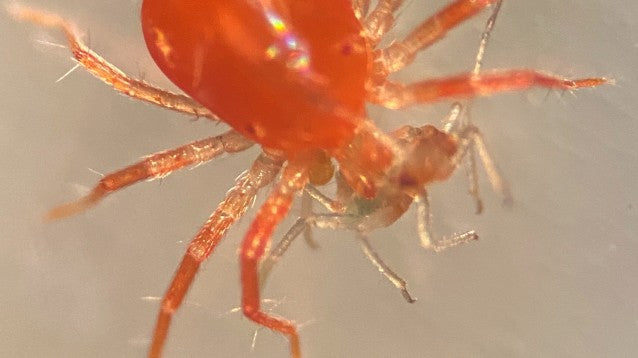
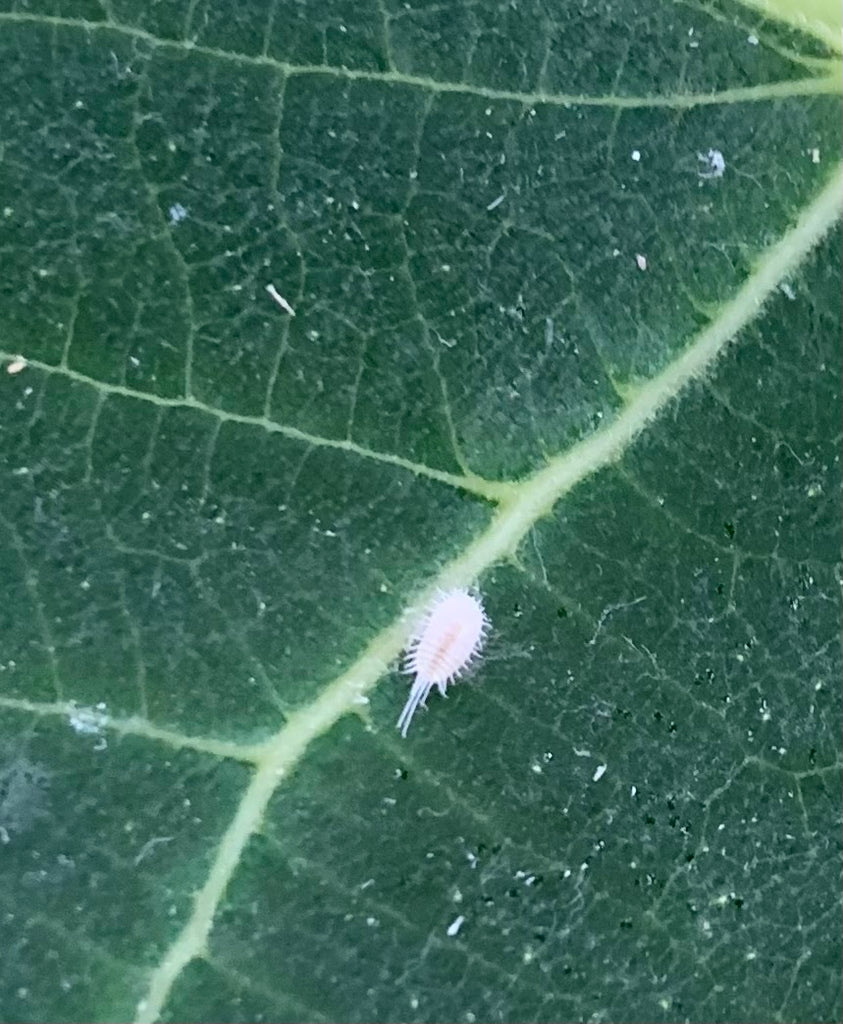


 Pictured are 3 different developmental stages of mealybugs right next to each other. Smaller nymphs leading up to a full grown female adult mealybug.
Pictured are 3 different developmental stages of mealybugs right next to each other. Smaller nymphs leading up to a full grown female adult mealybug.



